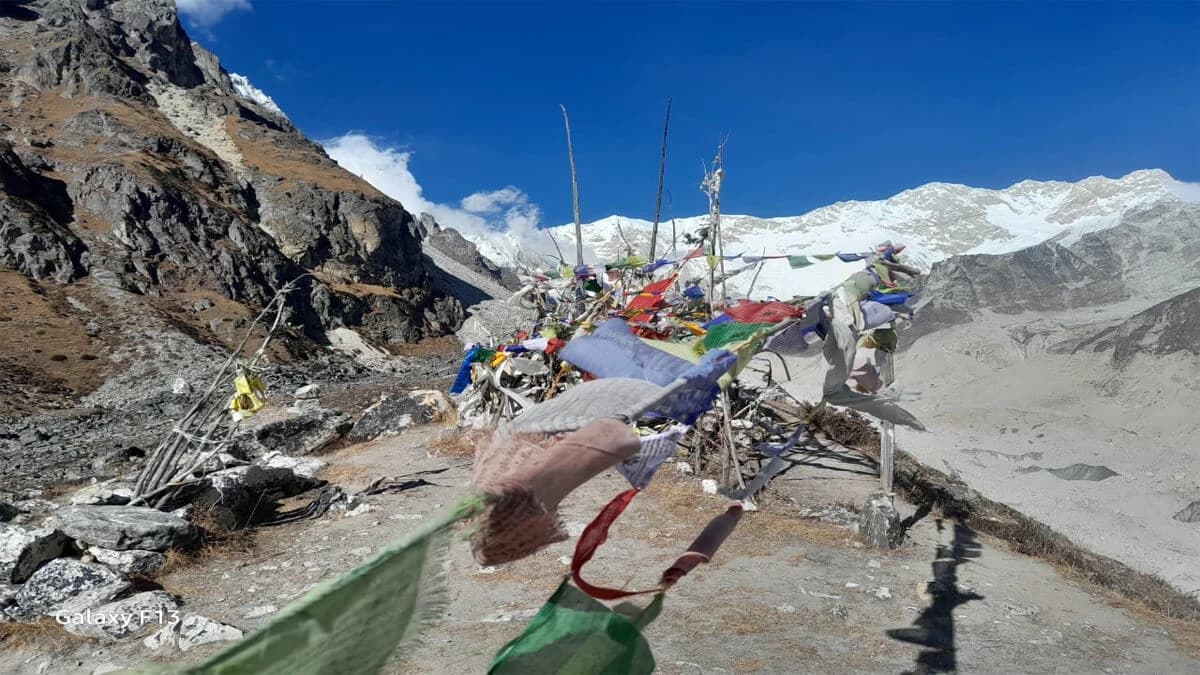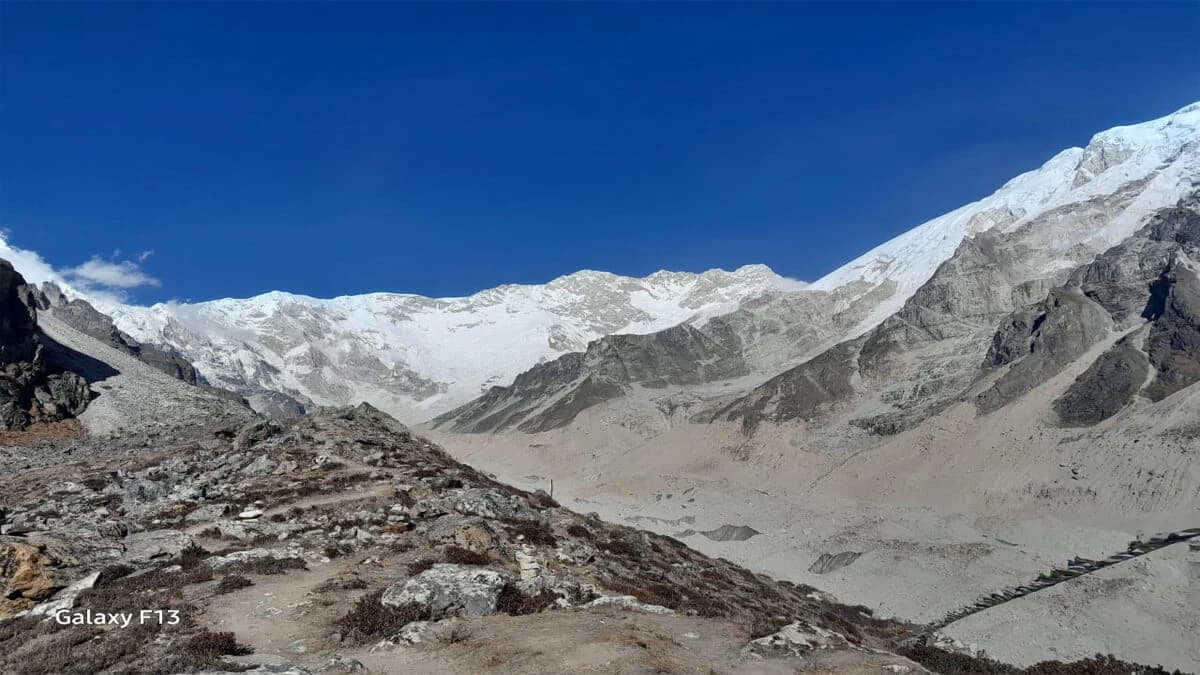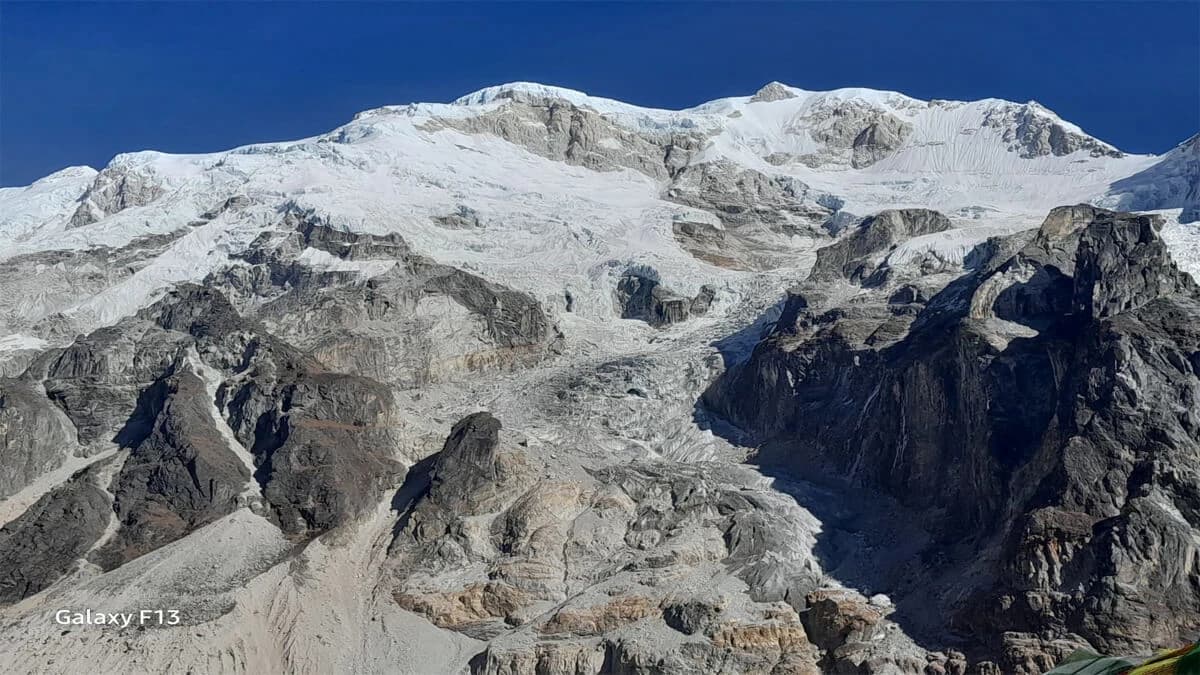Kanchenjanga Expedition is the third-tallest mountain in the world after Mt. Everest and Mt. K2. Kanchenjunga is situated in the eastern part of Nepal at 8598m. It was first climbed by a British team in 1956. It is an enormous mountain mass, and many satellite peaks rise from its narrow icy ridges. Kanchenjunga is located on the border of Nepal and Sikkim, just 46 miles northwest of Darjeeling. The peak consists of four summits. The west summit, Yalung Kang, is 8420m high and some people classify it as a separate 8000m peak.
The first Westerners to explore Kanchenjunga were the British botanist JD Hooker, who visited the area twice in 1848 and 1849. Exploration of the side of the peak continued with both British and veteran explorers mapping and photographing until 1899. In that year, a party led by Douglas Freshfields made a circuit of Kanchenjunga and produced what is still one of the most authoritative maps of the region.
The Japanese then took up the challenge and mounted expeditions in 1973, 1974 and 1976 during which they climbed Yalung Kang. A German expedition climbed Yalung Kang in 1975 and in 1977 an Indian army team mounted the second successful expedition to the main peak of Kanchenjunga.
The route (North Face) is definitely the safest, although not the easiest climb. The climb of Kanchenjanga Expedition begins from a charming base camp with meadows and a Panoramic view at 5,180 m. First challenge is to fix lines up 900m of intricate mixed climbing to the North col. This provides the most challenging climbing of the expedition. Once creating a lifeline to and from the North Col you can begin the long process of establishing three camps up the long and complicated North ridge. Using Sherpa support and oxygen, you can move at a systematically slow velocity higher and higher up the mountain. This is a highly satisfying climb for the expert climbers. Day 03: Trek from Taplejung to Mitlung



